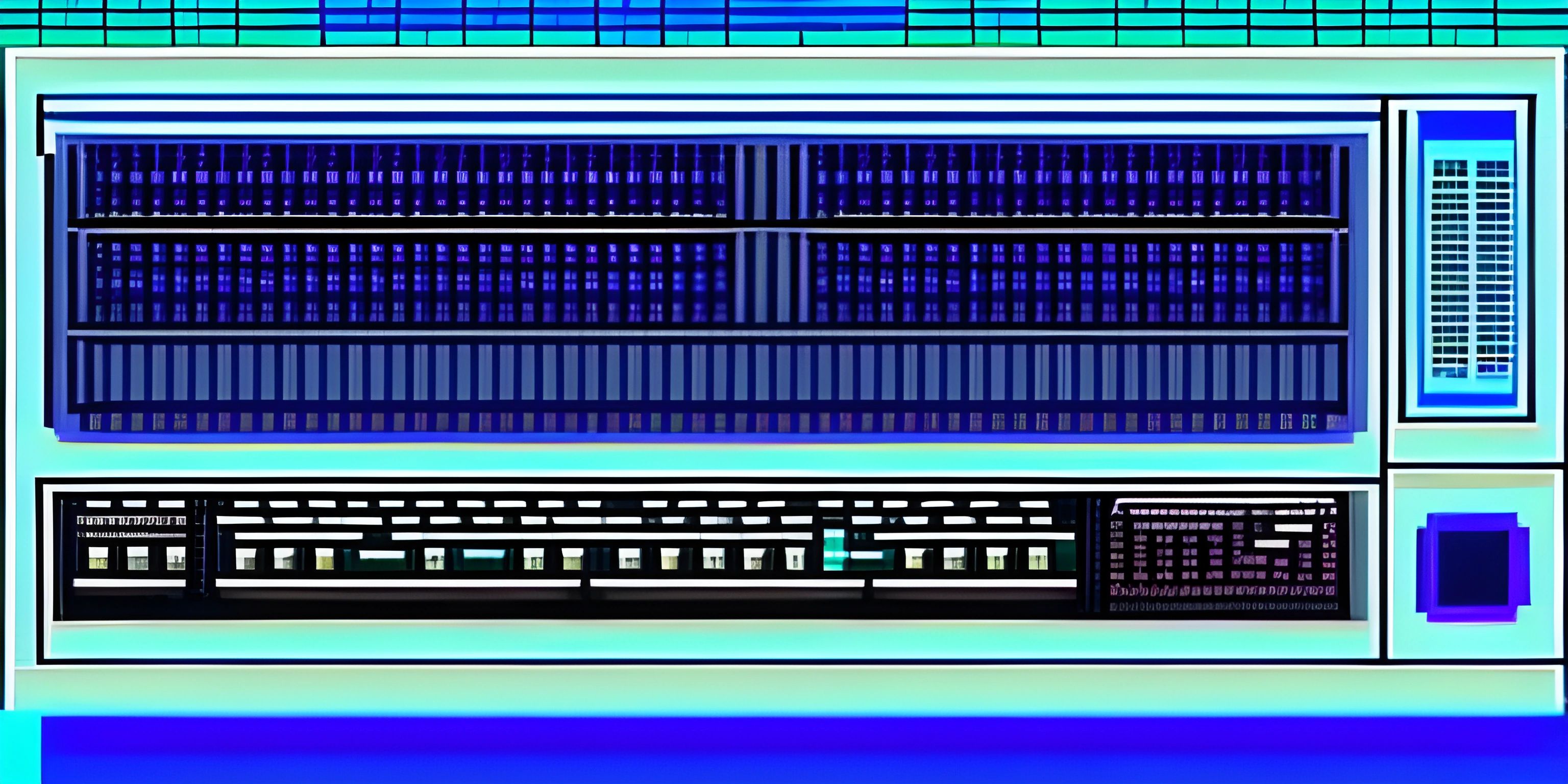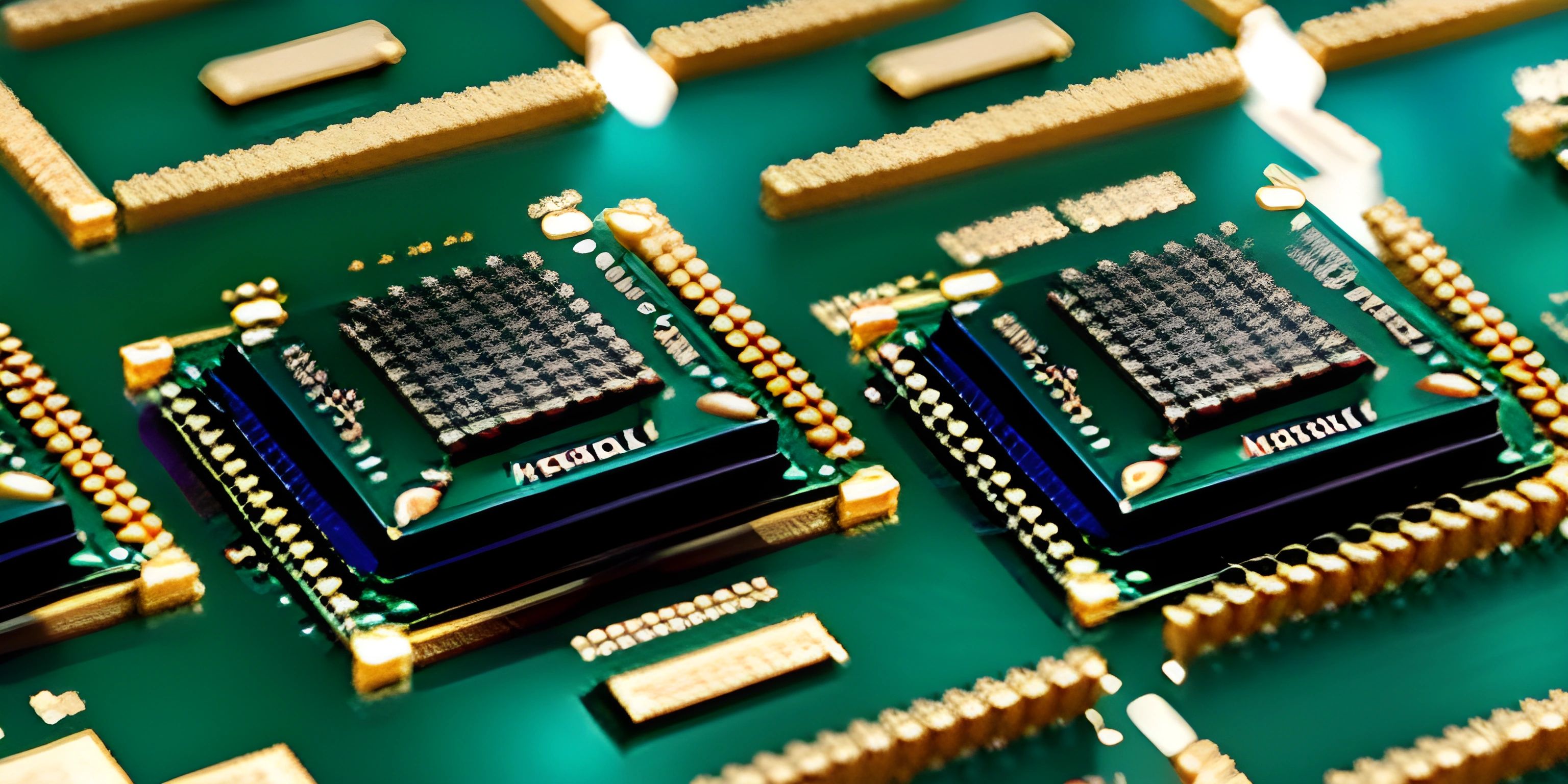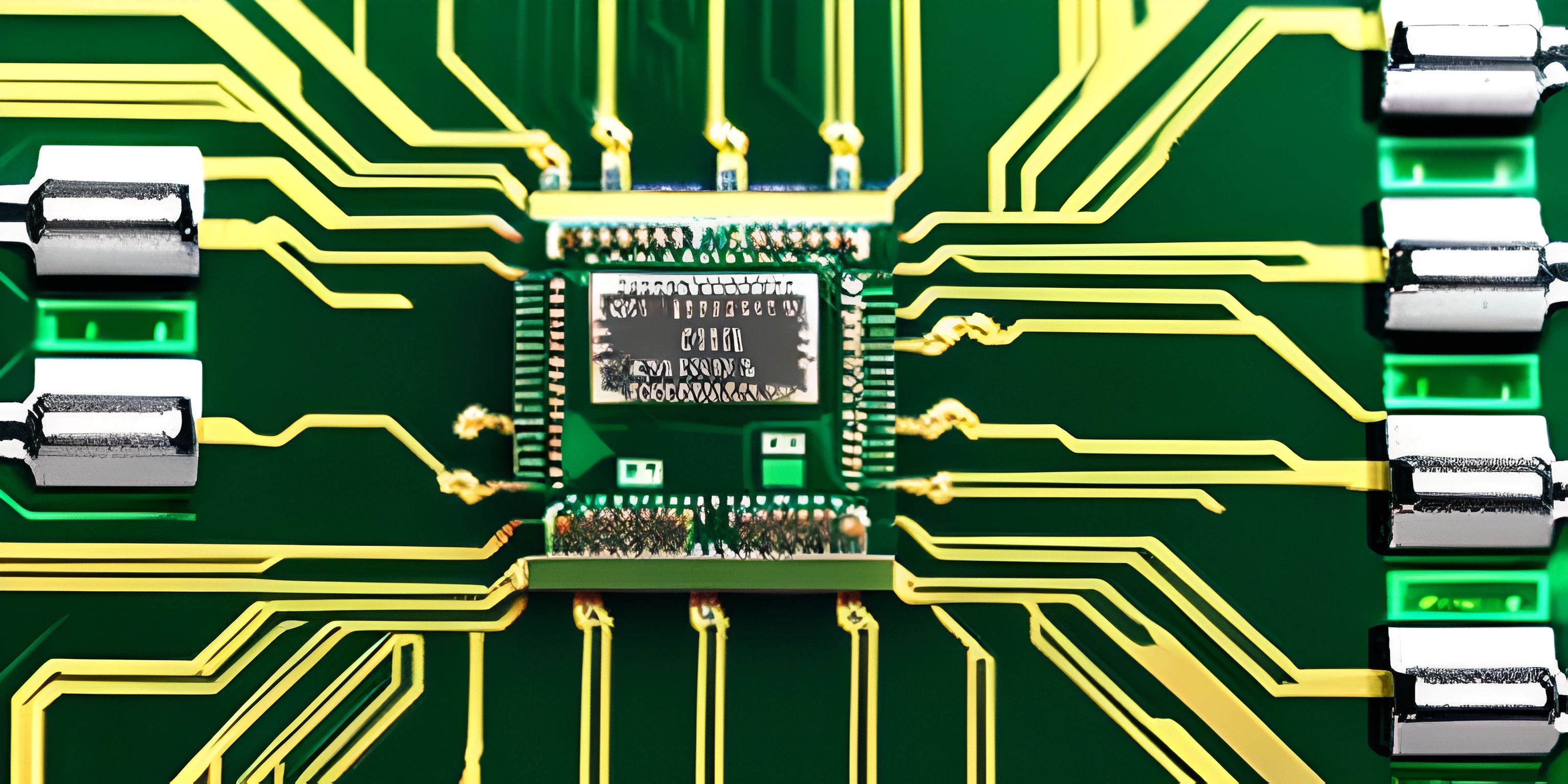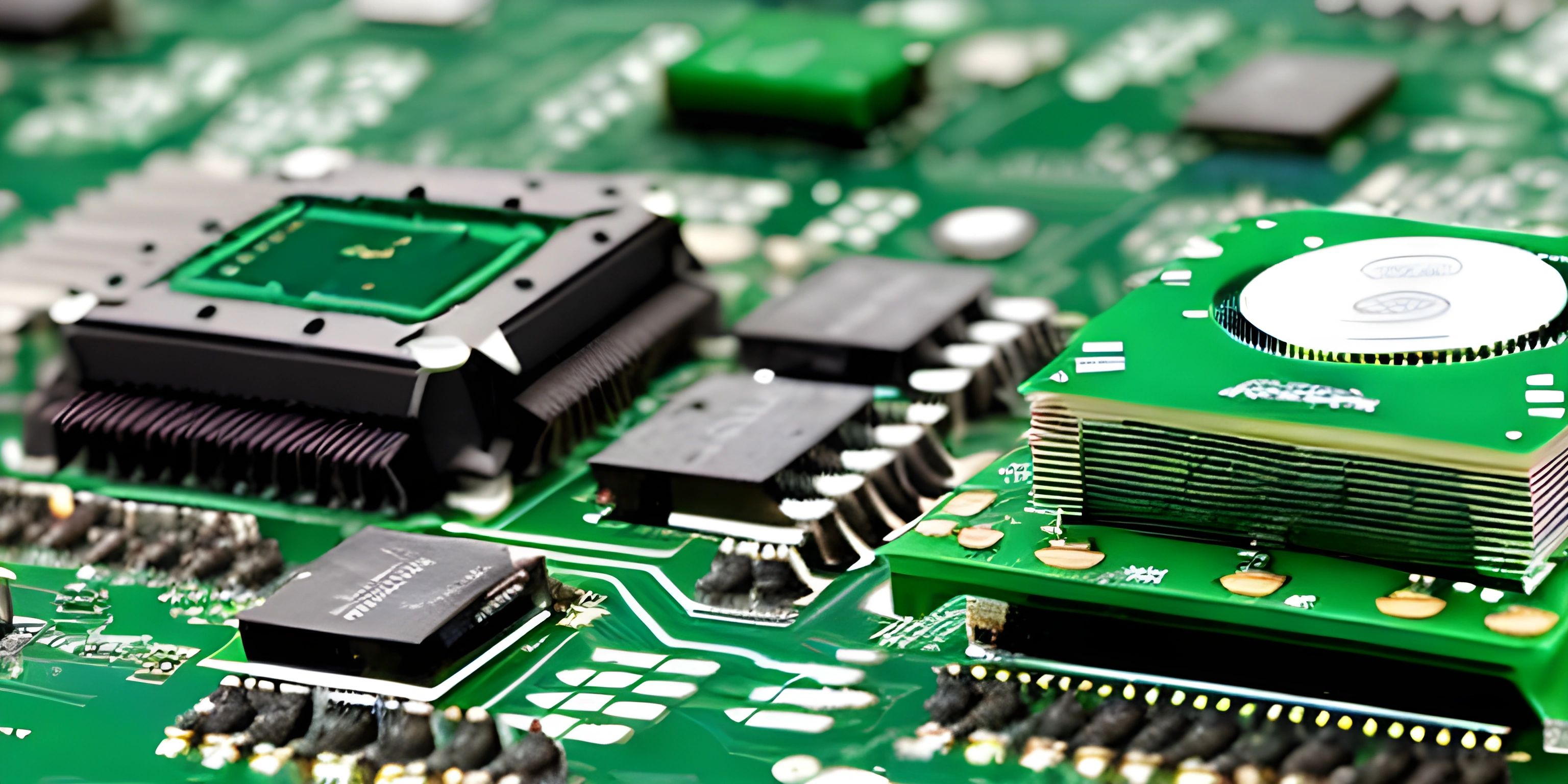Exploring the Origins of the Intel 8080 and Its Impact on Modern Computing

Note: this page has been created with the use of AI. Please take caution, and note that the content of this page does not necessarily reflect the opinion of Cratecode.
Before the world got its hands on sleek, slim smartphones and lightning-fast laptops, there was a humble microprocessor that started it all: the Intel 8080. This microprocessor is often regarded as the granddaddy of modern CPUs, paving the way for the computing revolution we find ourselves in today. So, buckle up as we take a trip down memory lane and explore the origins of the Intel 8080 and its monumental impact on modern computing.
The Birth of a Legend
The Intel 8080 was released in 1974, a time when disco was all the rage and bell-bottoms were the epitome of fashion. But amidst this groovy backdrop, Intel was hard at work creating a chip that would change the world.
Evolution from the 8008
Before the 8080, there was the Intel 8008, released in 1972. It was the first 8-bit microprocessor, but it had its limitations. The 8008 could address only 16KB of memory and required multiple power supplies. The 8080, however, was designed to address these shortcomings. It could handle up to 64KB of memory and required only a single 5V power supply, making it more versatile and easier to integrate into systems.
Technical Specs
To understand the 8080's impact, let's geek out a bit on its specs. The Intel 8080 was an 8-bit microprocessor with a 16-bit address bus, allowing it to access 64KB of memory. It had 7 8-bit registers, a 16-bit stack pointer, and a 16-bit program counter. The clock speed was 2 MHz—minuscule by today's standards, but revolutionary at the time.
Here's a simple assembly code snippet for the 8080 to illustrate its capabilities:
MOV A, 05H ; Move the value 05H into register A ADD A, 03H ; Add the value 03H to the contents of register A STA 2000H ; Store the result at memory address 2000H HLT ; Halt the processor
This snippet moves a value into a register, adds another value to it, stores the result in memory, and then halts the processor—a basic but powerful demonstration of the 8080's functionality.
Impact on Personal Computing
The 8080 was not just a technical marvel; it was a catalyst for an entire industry. Its release marked the beginning of the personal computer (PC) era.
The Altair 8800
One of the first and most famous uses of the Intel 8080 was in the Altair 8800, a microcomputer that became wildly popular among hobbyists and early computer enthusiasts. Launched by MITS in 1975, the Altair 8800's success demonstrated the demand for affordable, powerful computing devices. People could write programs and run them on their own computers, sparking a wave of innovation and curiosity.
Software Development
The software landscape also began to evolve with the advent of the 8080. Microsoft's first product, Altair BASIC, was a programming language designed for the Altair 8800, and it ran on the 8080 microprocessor. This marked the beginning of Microsoft's journey and highlighted the importance of software in maximizing the potential of hardware.
Legacy and Influence
The Intel 8080 might be a relic by today's standards, but its legacy lives on in various ways.
Architectural Influence
Many of the architectural principles of the 8080 can be seen in subsequent microprocessors. The Intel 8086, for instance, was directly influenced by the 8080 and led to the x86 architecture that still dominates the PC market today.
Educational Impact
Even now, the 8080 is used as a teaching tool in computer science programs around the world. Its relatively simple design makes it an excellent example for students learning about microprocessor architecture and assembly language programming.
Pop Culture
Believe it or not, the Intel 8080 has even made its mark on pop culture. For instance, in the 1999 movie "The Matrix," the character Neo hides illegal data in a hollowed-out book titled "Simulacra and Simulation." The book's cover features an image of the Intel 8080's instruction set.
Conclusion
From its humble beginnings as the successor to the 8008 to its pivotal role in the birth of personal computing, the Intel 8080 has left an indelible mark on the world of technology. Its design and capabilities set the stage for the explosive growth of the tech industry, proving that even the smallest components can have the biggest impacts.
Hey there! Want to learn more? Cratecode is an online learning platform that lets you forge your own path. Click here to check out a lesson: Rust Chat App Backend (psst, it's free!).
FAQ
What made the Intel 8080 revolutionary?
The Intel 8080 was revolutionary due to its ability to address up to 64KB of memory, requiring only a single 5V power supply, and its versatile and powerful instruction set, making it easier to integrate into various systems and paving the way for personal computing.
How did the Intel 8080 influence software development?
The Intel 8080's capabilities led to the creation of new software, most notably Microsoft's first product, Altair BASIC. This demonstrated the importance of software in unlocking the potential of hardware and marked the beginning of a new era in computing.
Why is the Altair 8800 significant in the history of computing?
The Altair 8800, powered by the Intel 8080, became wildly popular among hobbyists and early computer enthusiasts. It demonstrated the demand for affordable computing devices and sparked a wave of innovation, leading to the growth of the personal computer industry.
What are some of the technical specs of the Intel 8080?
The Intel 8080 was an 8-bit microprocessor with a 16-bit address bus, 7 8-bit registers, a 16-bit stack pointer, and a 16-bit program counter. It operated at a clock speed of 2 MHz and could address up to 64KB of memory.
How is the Intel 8080 used in education today?
The Intel 8080's relatively simple design makes it an excellent example for teaching microprocessor architecture and assembly language programming. It is still used in computer science programs to help students understand the fundamentals of microprocessor design and function.





